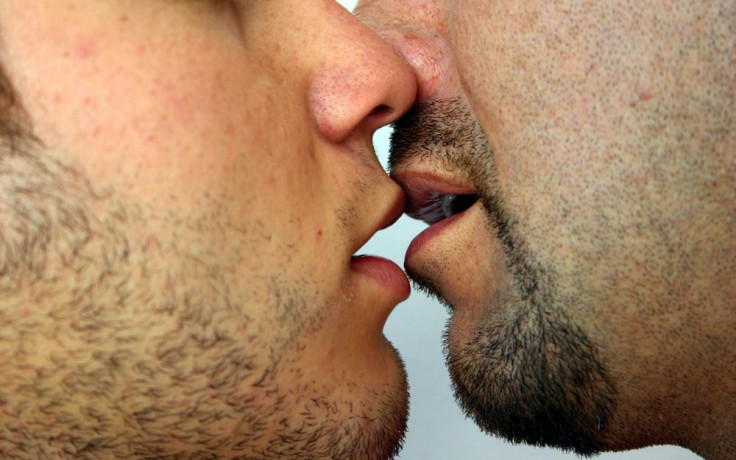Gay Sex Apps Pose Higher STD Risk Than Dating Sites And Clubs

Smartphone apps for gay urban men, like Grindr and Scruff, have made finding a sexual partner as easy as finding the nearest Starbucks or dollar slice. But according to new research, that's what makes them so risky.
The efficiency of hookups arranged through these so-called geosocial networking apps make them uniquely susceptible to sexually transmitted diseases, said the authors of a new study, published today in the journal Sexually Transmitted Infection. Surveying thousands of men at a Los Angeles sexual health clinic, they discovered higher rates of gonorrhea and chlamydia among men who used smartphone apps.
"Technological advances which improve the efficiency of meeting anonymous sexual partners may have the unintended effect of creating networks of individuals where users may be more likely to have sexually transmissible infections," wrote the authors, led by Matthew R. Beymer of the L.A. Gay & Lesbian Center. The apps use GPS to connect with other users in the vicinity. "Technology is redefining sex on demand," they wrote.
Separately, a Yale University review of academic literature on STDs, also published this month, discovered that gay and bisexual men are more likely to have unprotected sex if they found their partner online. "It is unclear whether the internet facilitates pursuit of high-risk sex or whether (men who have sex with men) seeking sex online are a higher-risk population than other (men who have sex with men," the authors wrote.
The new research may shed light on that question. Beymer and his colleagues tested 7,184 men for STDs and then asked them about their drug use and how they found sexual partners. Their networking methods were fairly evenly split among in-person only (34 percent), in-person and online dating sites (30 percent), and smartphone apps (36 percent). The app users tended to be white or Asian and were also more likely to use cocaine and ecstacy.
Men who use smartphone apps were 23 percent more likely to be infected with gonorrhea and 35 percent more likely to have chlamydia. Oddly, HIV and syphilis were no more likely to occur among smartphone app users. The authors aren't sure why that's the case. And they acknowledge their study is not perfect. Biases may have crept in because they chose an urban area and tested only subjects who were attending a sex health clinic.
Yet statistically, the evidence was clear. "Smartphone apps make it easier to meet potential partners more quickly than online or more traditional methods, thereby boosting the chances of anonymous riskier encounters, and therefore of picking up a sexually transmitted infection," according to a summary of the findings from the British Medical Journal. In the paper, the authors write that "prevention programs must learn how to effectively exploit the same technology and keep pace with changing contemporary risk factors for (sexually transmitted infections) and HIV transmission."
Source: Beymer MR, Weiss RE, Bolan R K, et al. Sex on demand: geosocial networking phone apps and risk of sexually transmitted infections among a cross-sectional sample of men who have sex with men in Los Angeles county. Sexually Transmitted Infection. 2014.
Published by Medicaldaily.com



























